On the surface, the manufacture of smartphones seems straightforward, but in reality, a smartphone reaching the release stage has been in development for quite some time. What we see now as the latest phones have been finalized at least three months ago. Flagship models under brands like Apple and Huawei even begin design processes over a year in advance. However, to avoid being undercut by competitors, secrecy is paramount. Yet, despite these efforts, in the rapidly changing landscape of the smartphone industry, instances still occur where unreleased models are impacted by competitor releases.
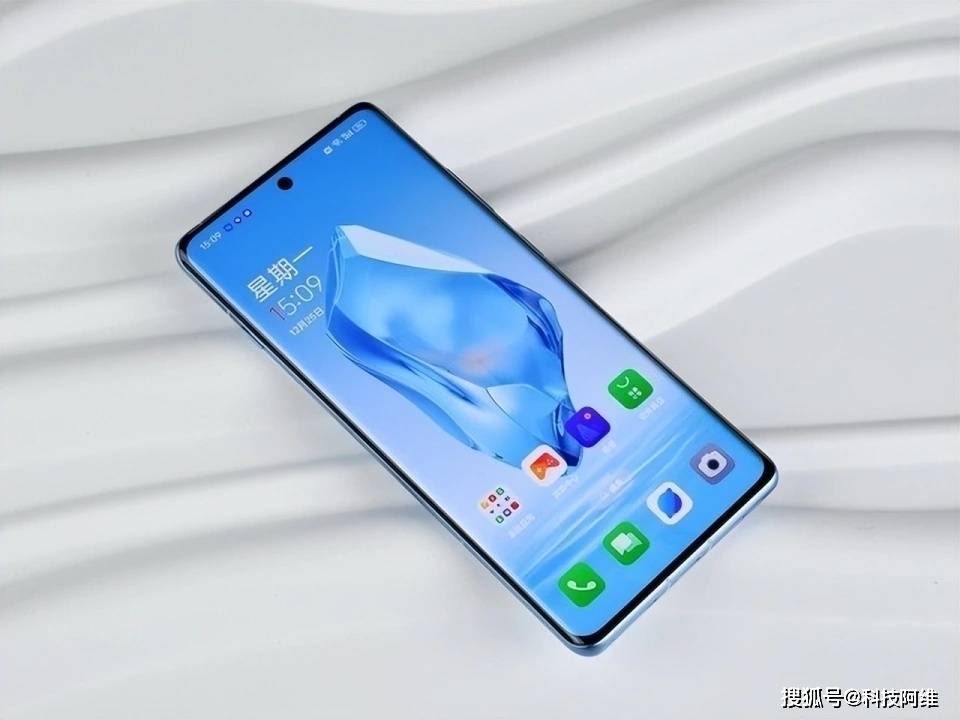
For instance, after the launch of the OnePlus Ace3V, a high-value subsidiary brand under OPPO, sales weren’t as strong. A significant reason for this was the fierce competition from several other equally competitive models in the same price range that debuted prior to it. Despite attempts to leverage AI technology in its marketing, the OnePlus Ace3V’s fixed specifications left it lagging behind. In order to bolster its sales, OPPO swiftly introduced another model, the OnePlus Ace3.
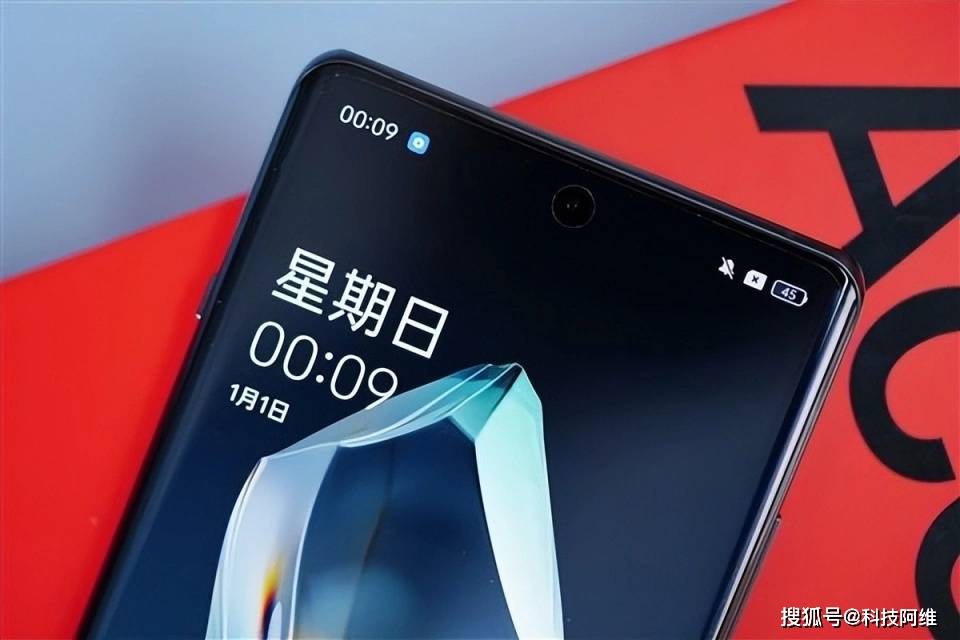
The OnePlus Ace3 is positioned higher than the Ace3V and was launched earlier. Despite facing competition from rival models, its unique features and excellent value proposition mitigated the impact, resulting in satisfactory sales upon release. Typically, OPPO wouldn’t rush to reduce prices for such a model. However, to offset the underperformance of the OnePlus Ace3V, a price cut was implemented, further enhancing its value proposition.
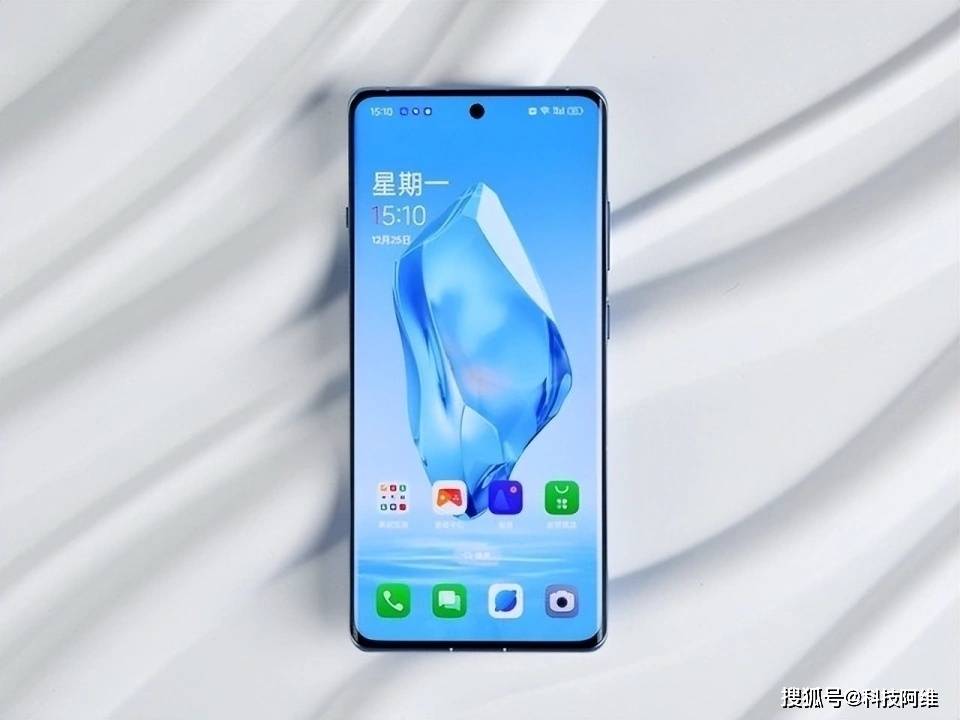
Despite its initially modest pricing, starting at just 2599 yuan for the 12GB+256GB version, the OnePlus Ace3 boasts flagship features, including the Snapdragon 8Gen2 processor, rarely seen in other models at this price range. Its screen, equipped with LTPO adaptive refresh rate technology, sets it apart, offering benchmark smoothness and power-saving capabilities, a rarity among screens in this category.
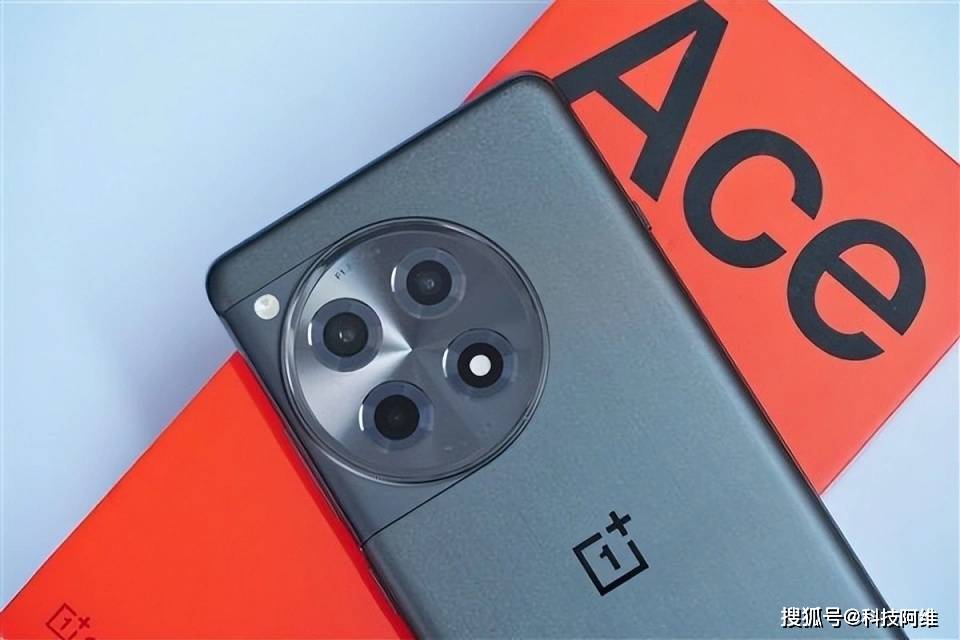
Additionally, the screen sets 18 records, including a peak brightness of 4500 nits and outstanding eye protection. Apart from the screen, it features a flagship-grade metal frame, a rear 50 million pixel flagship triple camera inheriting OPPO’s flagship imaging algorithm, a massive 5500mAh battery, and support for 100W long-life flash charging, rain and touch control, and super signal engineering, elevating the user experience.
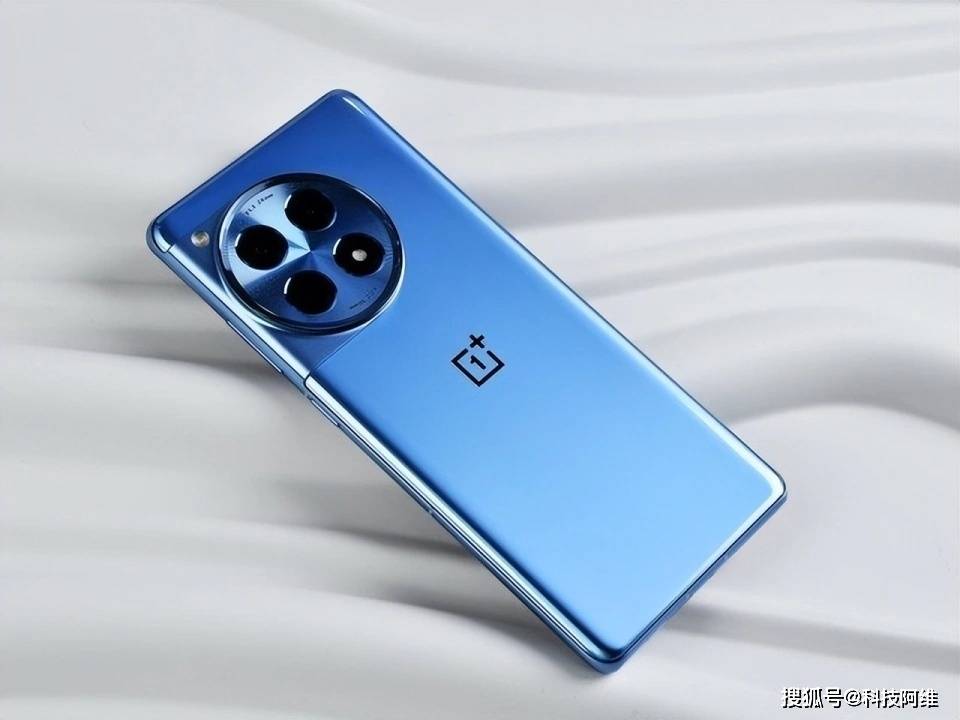
However, in order to maintain OnePlus’s market share growth, OPPO, with no regard for fairness, slashed the price of this high-value new flagship, launched just three months ago. Currently, the 12GB+256GB base version is priced at around 2308 yuan, with higher-spec versions seeing even larger drops. For example, the original 3499 yuan 16GB+1TB top-end version is now priced at 3035 yuan. This enhances its competitiveness in the market, causing quite an impact on many competitor models in the same price range.
“`